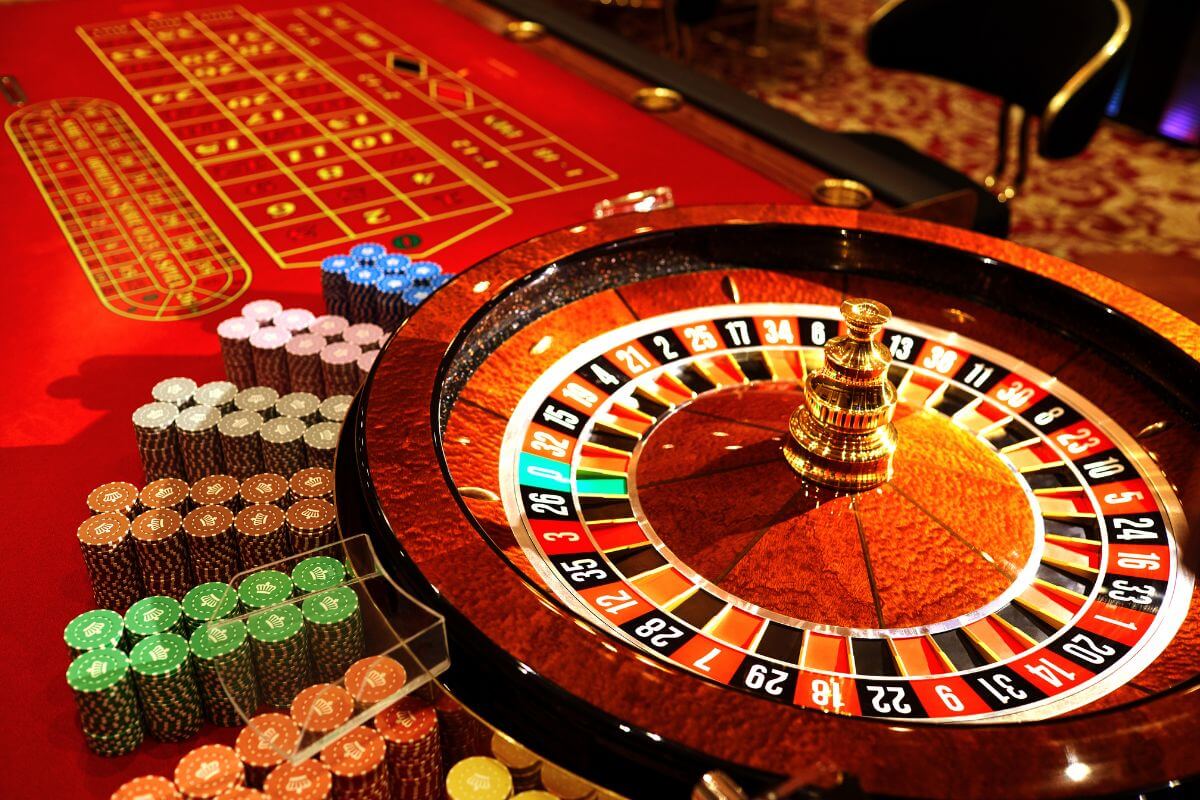
Casino games have long captivated human interest, drawing participants into a universe filled with chance, tactics, and the allure of excitement. Each experience is carefully crafted not just for enjoyment, but also to elicit specific emotional responses that keep players immersed and committed. Understanding the drives behind these designs reveals much about how human psychology plays a key role in the gaming experience.
From the dazzling lights and vibrant sounds to the intricate layering of systems and payoffs, casino games are designed to create an atmosphere of excitement and eagerness. xổ số 77win Game designers leverage psychological principles to influence gambler behavior, whether through the use of jackpots, almost wins, or social connections. By examining these elements, we can better appreciate how casino games fulfill not just a need for entertainment, but more profound psychological needs for excitement and hazard.
Understanding Player Actions
Casino games are designed with a profound comprehension of gamer psychology, which is essential for attracting and retaining players. The excitement of the game, coupled with the expectation of winning, creates a formidable draw. Game designers make use of elements like sound effects, colorful graphics, and immersive gameplay to seize attention and elicit emotional responses. These sensory effects enhance the overall experience, making players feel more involved in the game.
Another notable aspect of player behavior is the idea of risk versus reward. Casino games often balance risky situations with the potential for significant rewards, which can result in the phenomenon known as near-miss experience. When players come within reach to winning, the brain releases dopamine, bolstering their behavior and prompting them to persist playing in pursuit of that hard-to-reach win. This cycle of hope and letdown plays a critical role in how games are constructed and promoted.
Lastly, social elements also play a central role in player behavior at casinos. Many games are designed to be played in pairs or in company with other players, nurturing a sense of belonging and collective experience. The interaction inherent in games like poker enhances enjoyment and can result in prolonged gaming periods. Designers capitalize on this by crafting environments that prompt players to linger, interact, and come back, making the overall casino experience more attractive.
The Role of Imagery and Audio
Visuals and sound play a vital role in elevating the gambler’s experience within gambling games. Designers utilize bright colors, eye-catching graphics, and captivating animations to capture players’ attention and sustain their focus. 77win bet The use of motifs, such as exploration or opulence, helps create an engaging atmosphere that transports players into another world. By appealing to the senses, these elements add to a heightened emotional response, prompting players to engage more deeply with the games.
Sound design is equally important in enhancing the experience of gambling games. The mix of ambient music, audio effects for winning combinations, and environmental noises creates an auditory landscape that holds players fascinated. Sounds associated with victories, such as ringing bells or celebratory music, evoke feelings of excitement and satisfaction, encouraging players to continue playing. These sound cues are strategically placed to amplify the thrill of the game and create a more engaging experience.
Additionally, the alignment of imagery and audio is important for reinforcing the game’s overall concept and mood. Each element should coordinate seamlessly to create a unified experience that pulls players in. The effective use of this synergy not only enhances user satisfaction but also increases the likelihood of repeat play, as players become more engaged in the captivating world that the casino games offer. This thoughtful integration of visuals and sound ultimately enhances player engagement and loyalty.
Reward Structures and Participation
The development of casino experiences heavily depends on reward structures to keep participants involved and coming back for more. These structures are rooted in psychological principles that exploit human behavior and desire. Players are often motivated by the thrill of success, which is reinforced by immediate feedback through the game’s mechanics. This prompt satisfaction not just enhances the overall experience but also fosters a feeling of achievement, prompting participants to continue participating in hopes of bigger gains.
Gaming establishments implement various reward structures, including large payouts, extra rewards, and increased rewards, to engage players. These features create a layer of thrill that sustains engagement. Additionally, the unpredictability of results plays a significant role in keeping attention. The variable reward system, where successes are random but occur often enough, maintains players on edge and driven to continue participating. This cycle of hope and anticipation is essential to the success of gambling experiences.
Furthermore, community aspects, such as competitive events and collaborative options, enhance the engagement factor by leveraging the competitive nature of participants. The communal aspect of gaming with others can amplify the excitement of winning and create a community atmosphere within the gaming space. By integrating these community elements with efficient reward systems, gambling experiences don’t just provide entertainment but also nurture a stronger bond among participants, solidifying their commitment to the overall experience.